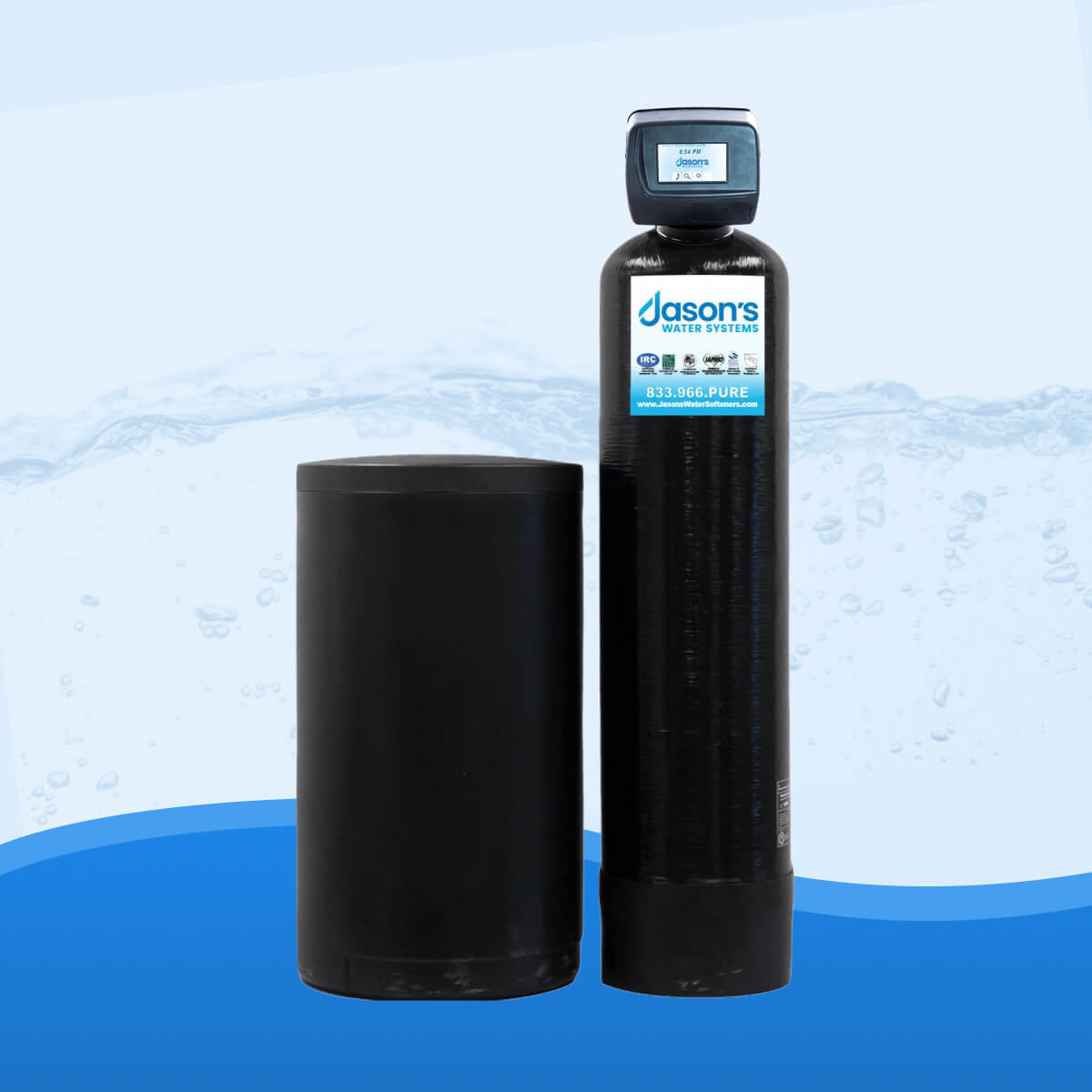
Is Water from a Water Softener Safe to Drink?
There's confusion about the safety of soft water due to the sodium used by water softeners. A water softener will replace hard minerals with sodium during the ion exchange process. There is very little sodium used in a water softener which does not disrupt your daily allowance of sodium enough to cause safety concerns.
Dietary Allowance of Sodium
Levels of sodium in your diet are important to maintain, and for some people going above your dietary allowance can cause harm. The recommended dietary intake of sodium is 2,300 milligrams per day. That allowance is lower, around 1,500 milligrams per day, for people that have high blood pressure or are pregnant or nursing.
Ion Exchange
Ion Exchange is the process used by water softeners to exchange hard minerals attached to water molecules with sodium. Different resins in your water softener are made of positively and negatively charged sodium ions. When water with hard minerals is sent through softened water the positively or negatively charged minerals will be exchanged with sodium.
Levels of Sodium in Soft Water
The amount of sodium in softened water depends on the hardness of a water supply. When you read a water quality report the contaminants will be listed by parts per thousand or parts per million. Minerals like calcium and magnesium are common in ground water sources and are predominantly the minerals that cause your water to be hard. In order to get these minerals out of your water, a water softener will push water through positively and negatively charged ion resins.
Water Hardness Scale
The water hardness scale is used by the water quality association to determine the concentration of hard minerals per quantity of water. Sodium intake can add up with the amount of water you drink throughout the day, and for homes with hard to very hard water, there are other options on the market.

Alternatives to Water Softeners
The most common water softening mineral used is sodium because it carries the same ion exchanging properties at a fraction of the cost of other minerals. Another option that is still a cost effective solution is potassium because it has excellent ionization qualities and can be used in most water softening systems. The dietary daily allowance for potassium ranges from 3,800 to 5,100 depending on your age and whether you are pregnant or nursing.
Water Purifying Systems
Water purifying systems are an option to both remove the chemicals and hard minerals from your water without exchanging them with sodium or potassium. Whole Home water filtration systems will remove some chemicals and minerals from your water up to a certain micron level. A high micron filter will be able to remove large minerals like calcium and heavy metals from your homes water and a small micron filter will remove even smaller sized contaminants.
Reverse Osmosis
A reverse osmosis systems use a process similar to water filtration to remove minerals, chemicals, and metals from your water. A reverse osmosis filter uses greater pressure than a water filter to push water through low micron filters.
Free Water Analysis
Jason's Water Softeners offers a free water analysis that will help you better understand how your water is impacting your health.
Contact Jason's Water Systems today to schedule your free water analysis.










